Rising Health Consciousness
The Smart Sports Textile Market Industry is significantly influenced by the rising health consciousness among consumers. As individuals become more aware of the importance of physical fitness and overall well-being, the demand for innovative sports apparel that enhances performance and comfort is likely to increase. This trend is reflected in the growing sales of smart textiles, which are designed to provide features such as moisture-wicking, temperature regulation, and muscle support. Market data suggests that the segment of smart textiles aimed at fitness enthusiasts is expected to account for a substantial share of the market, potentially reaching a valuation of several billion dollars by 2026.
Integration of Advanced Technologies
The Smart Sports Textile Market Industry is experiencing a notable shift due to the integration of advanced technologies such as IoT and AI. These technologies enable textiles to monitor physiological parameters like heart rate and body temperature in real-time. As athletes increasingly seek performance optimization, the demand for smart textiles that provide actionable insights is likely to rise. Reports indicate that the market for smart textiles is projected to grow at a compound annual growth rate of approximately 25% over the next five years. This growth is driven by the increasing adoption of wearable devices that seamlessly integrate with smart textiles, enhancing the overall user experience and performance tracking.
Customization and Personalization Trends
The Smart Sports Textile Market Industry is witnessing a growing trend towards customization and personalization. Consumers are increasingly seeking products that cater to their individual preferences and needs. This trend is particularly evident in the realm of smart textiles, where features can be tailored to enhance performance based on specific sports or activities. Companies that offer customizable smart textiles are likely to attract a broader customer base, as personalization enhances user engagement and satisfaction. Market forecasts suggest that the demand for personalized smart textiles could lead to a significant increase in sales, as consumers are drawn to products that reflect their unique identities.
Increased Investment in Sports Technology
The Smart Sports Textile Market Industry is benefiting from increased investment in sports technology. As stakeholders recognize the potential of smart textiles to revolutionize athletic performance and training, funding for research and development is on the rise. This influx of investment is likely to accelerate innovation in smart textile technologies, leading to the introduction of new products that enhance functionality and user experience. Market Research Future indicate that the sports technology sector is expected to see substantial growth, with smart textiles playing a crucial role in this evolution. The ongoing investment in this area suggests a promising future for the Smart Sports Textile Market.
Sustainability and Eco-Friendly Practices
Sustainability is becoming a pivotal driver in the Smart Sports Textile Market Industry. As consumers increasingly prioritize eco-friendly products, manufacturers are compelled to adopt sustainable practices in textile production. This includes the use of recycled materials and environmentally friendly dyes. The shift towards sustainability not only appeals to environmentally conscious consumers but also aligns with regulatory pressures for greener production methods. Market analysis indicates that brands that successfully integrate sustainability into their smart textile offerings may capture a larger market share, as consumers are willing to pay a premium for products that reflect their values.


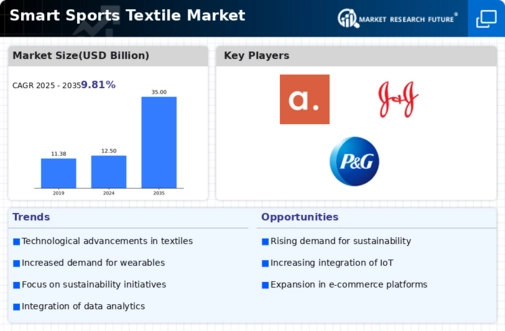
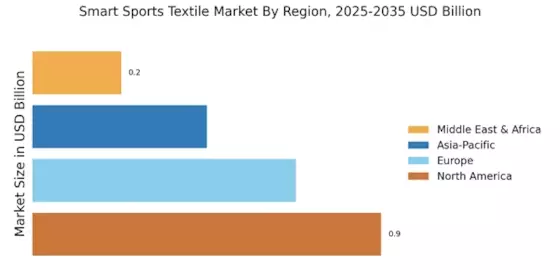
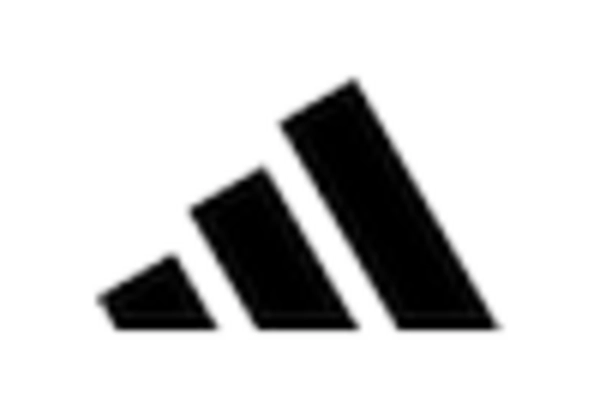
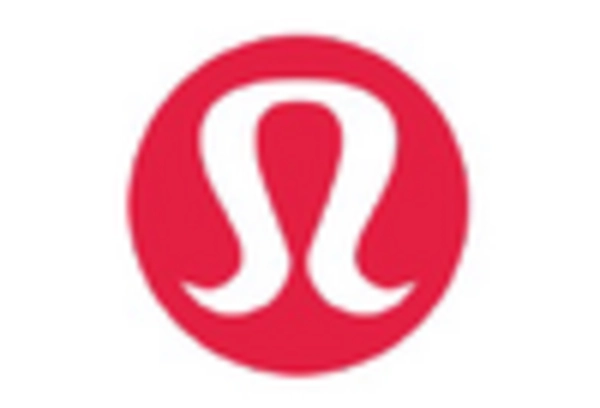
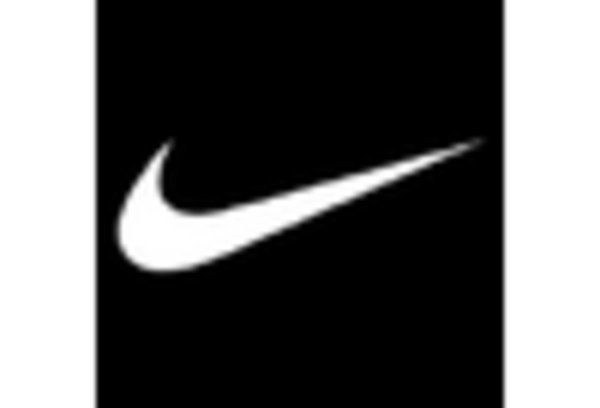
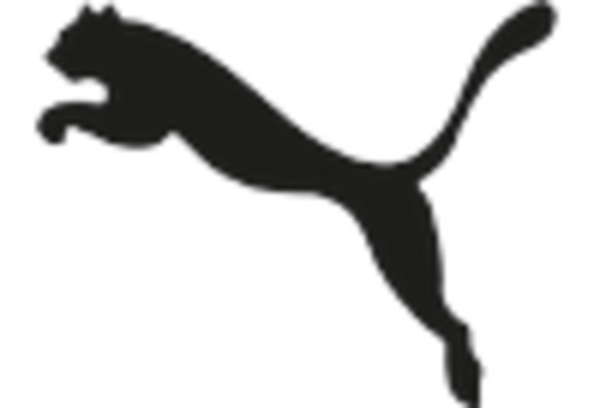

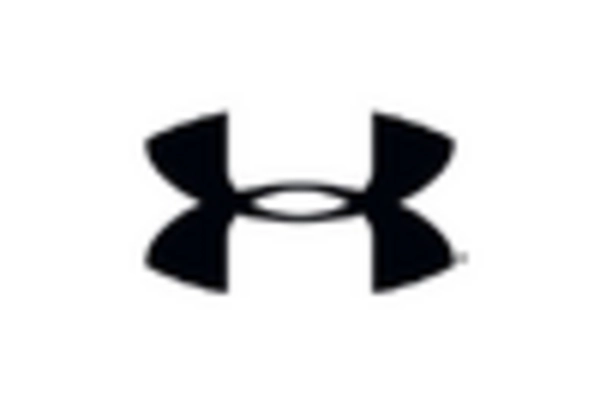








Leave a Comment